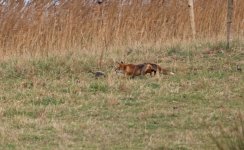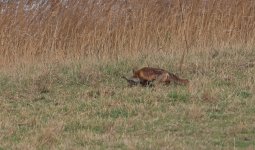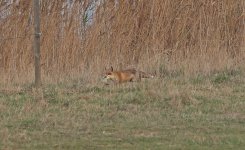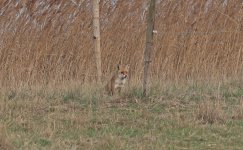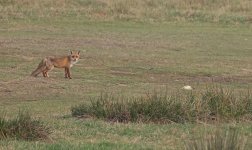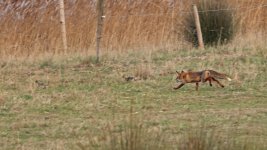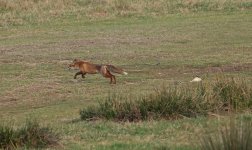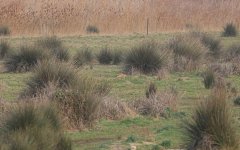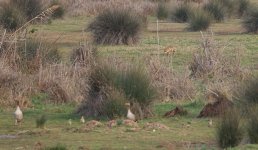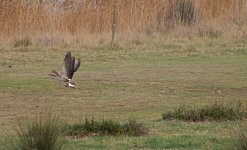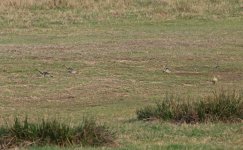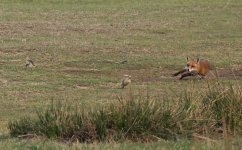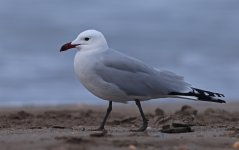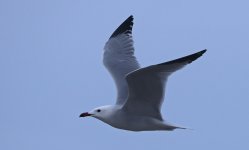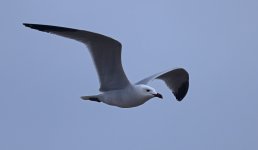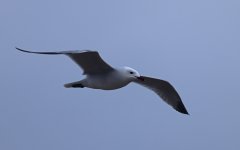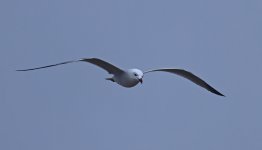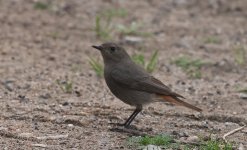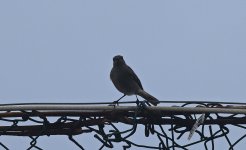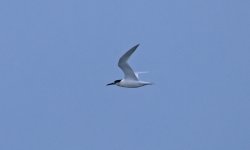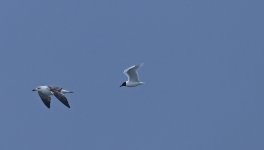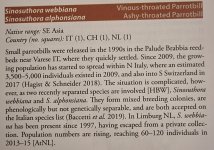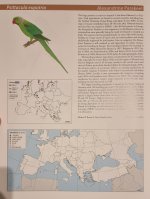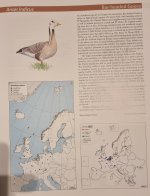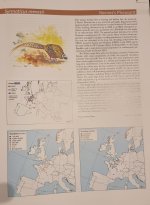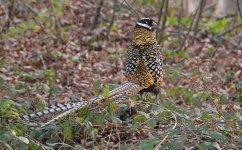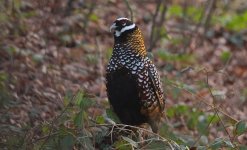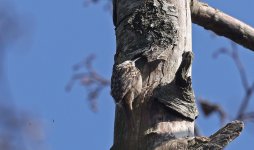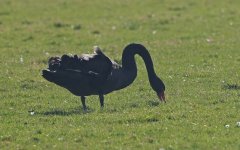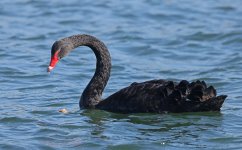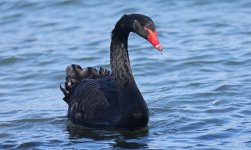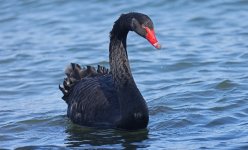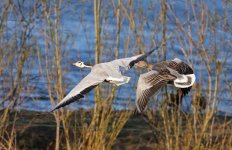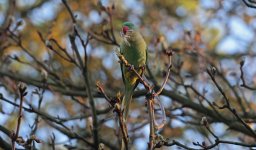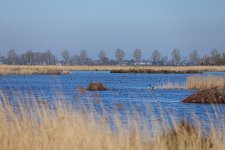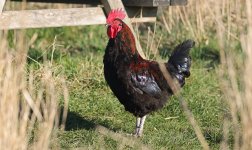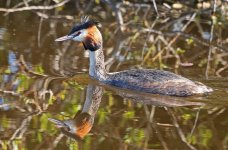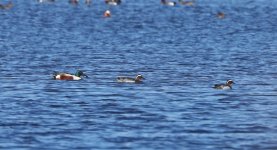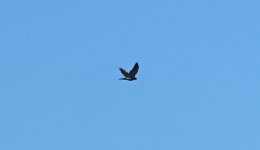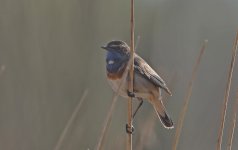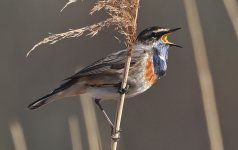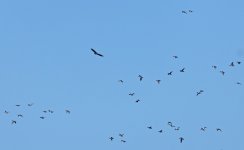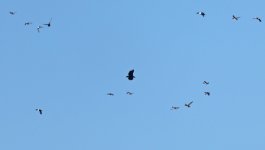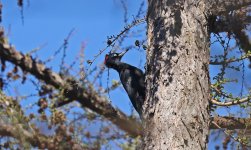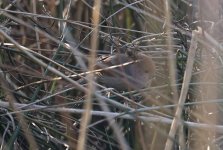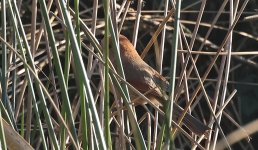Paul Chapman
Well-known member
20 March 2022
The next morning our brief stop in the Pyrenees was over and we were heading back to Barcelona via a couple of stops to break our journey. As we headed back, our journey was punctuated by the usual accompaniment of White Storks, Griffon Vultures, Red and Black Kites and Buzzards and as we descended back to lower wetter areas, Marsh Harriers.
We arrived at our first stop Estany d’Ivers at around 8.45am. We tried a couple of vantage points at each end of the lake. Most notable were a Western Swamphen and three Penduline Tit. Duck included 30 Garganey and 6 Red-crested Pochard. We then crossed the A2 and spent some time checking the agricultural landscape of the Bellpuig Plains from 10.25am where after Lesser Kestrel, Iberian Grey Shrike and Calandra Larks, we finally found a group of four Little Bustards enjoying some excellent views from the car.
Suitably refreshed, we then headed onwards towards Barcelona. Our first port of call was Panta de Vallvidrera where we arrived at 12.30pm. Here, we heard our quarry before we had even successfully parked. However, seeing them proved a different matter but with a bit of effort, we had seen at least three Red-billed Leiothrix in relatively short order. Apart from the Leiothrix, the only notable sighting was another Iberian Green Woodpecker. After a pleasant hour, we decided to head on to try our luck with another Category C species but we would not be able to give them long.
We would have had longer if we had found somewhere to park but in short on a Sunday afternoon in Barcelona, street parking is clearly a lot rarer than the next embryonic adventive cagebird population. After battling with one way systems and doing three circuits of Parc del Turo del Putxet, we cut our losses and found a multi storey car park about fifteen minutes from the entrance. We parked up and entered the park at around 2.00pm. We spent an hour in the park trying to locate some of the Black-rumped Waxbill population. It was a pleasant hour with Hoopoes, Monk Parakeets, Crested Tits, Short-toed Treecreeper Black Redstarts and Serins but alas no Waxbills. As a result, Black-rumped Waxbill joined Orange-cheeked Waxbill and Red-whiskered Bulbul on the target list for a follow up trip.
Our last night’s accommodation was at Camping Estrella de Mar to allow us to do some final birding at the Llobregat Delta on the final evening and the next morning before our morning flight. So we set off to the Llobregat Delta reserve for some final birding in the day. We arrived at 4.45pm to discover that the reserve closed at 5.00pm and it would not be open in time the following morning….
Nevertheless with some effort, a long walk resulted in a screen overlooking a scrape on the east side of the reserve. Notwithstanding the access challenges, a good variety of species were seen. The most memorable sighting was a hunting fox which we noticed a lot sooner than the Greylag Goose brood that it successfully dispatched. It was all very reminiscent of the Billy Connolly Wildebeest sketch. Otherwise again a couple of Garganey and four Red-crested Pochard , an Alpine Swift, Kentish Plover, four Little Ringed Plover, Iberian Green Woodpecker and 8 Yellow Wagtail. Sadly, it was soon time to call it a day and tomorrow, we would be heading back.
Attached:-
1 & 2 - Marsh Harrier
3 - Red Kite
4 - White Storks
5 - Penduline Tit (sporting a ring...)
6 - Iberian Grey Shrike
7 to 9 - Little Bustards
10 - Corn Bunting
11 to 12 - Red-billed Leiothrix
13 - Iberian Green Woodpecker
14 - Serin
15 - Blackcap
16 & 17 - Monk Parakeet
18 - Crested Tit
19 - Garganey
20 - Glossy Ibis
The next morning our brief stop in the Pyrenees was over and we were heading back to Barcelona via a couple of stops to break our journey. As we headed back, our journey was punctuated by the usual accompaniment of White Storks, Griffon Vultures, Red and Black Kites and Buzzards and as we descended back to lower wetter areas, Marsh Harriers.
We arrived at our first stop Estany d’Ivers at around 8.45am. We tried a couple of vantage points at each end of the lake. Most notable were a Western Swamphen and three Penduline Tit. Duck included 30 Garganey and 6 Red-crested Pochard. We then crossed the A2 and spent some time checking the agricultural landscape of the Bellpuig Plains from 10.25am where after Lesser Kestrel, Iberian Grey Shrike and Calandra Larks, we finally found a group of four Little Bustards enjoying some excellent views from the car.
Suitably refreshed, we then headed onwards towards Barcelona. Our first port of call was Panta de Vallvidrera where we arrived at 12.30pm. Here, we heard our quarry before we had even successfully parked. However, seeing them proved a different matter but with a bit of effort, we had seen at least three Red-billed Leiothrix in relatively short order. Apart from the Leiothrix, the only notable sighting was another Iberian Green Woodpecker. After a pleasant hour, we decided to head on to try our luck with another Category C species but we would not be able to give them long.
We would have had longer if we had found somewhere to park but in short on a Sunday afternoon in Barcelona, street parking is clearly a lot rarer than the next embryonic adventive cagebird population. After battling with one way systems and doing three circuits of Parc del Turo del Putxet, we cut our losses and found a multi storey car park about fifteen minutes from the entrance. We parked up and entered the park at around 2.00pm. We spent an hour in the park trying to locate some of the Black-rumped Waxbill population. It was a pleasant hour with Hoopoes, Monk Parakeets, Crested Tits, Short-toed Treecreeper Black Redstarts and Serins but alas no Waxbills. As a result, Black-rumped Waxbill joined Orange-cheeked Waxbill and Red-whiskered Bulbul on the target list for a follow up trip.
Our last night’s accommodation was at Camping Estrella de Mar to allow us to do some final birding at the Llobregat Delta on the final evening and the next morning before our morning flight. So we set off to the Llobregat Delta reserve for some final birding in the day. We arrived at 4.45pm to discover that the reserve closed at 5.00pm and it would not be open in time the following morning….
Nevertheless with some effort, a long walk resulted in a screen overlooking a scrape on the east side of the reserve. Notwithstanding the access challenges, a good variety of species were seen. The most memorable sighting was a hunting fox which we noticed a lot sooner than the Greylag Goose brood that it successfully dispatched. It was all very reminiscent of the Billy Connolly Wildebeest sketch. Otherwise again a couple of Garganey and four Red-crested Pochard , an Alpine Swift, Kentish Plover, four Little Ringed Plover, Iberian Green Woodpecker and 8 Yellow Wagtail. Sadly, it was soon time to call it a day and tomorrow, we would be heading back.
Attached:-
1 & 2 - Marsh Harrier
3 - Red Kite
4 - White Storks
5 - Penduline Tit (sporting a ring...)
6 - Iberian Grey Shrike
7 to 9 - Little Bustards
10 - Corn Bunting
11 to 12 - Red-billed Leiothrix
13 - Iberian Green Woodpecker
14 - Serin
15 - Blackcap
16 & 17 - Monk Parakeet
18 - Crested Tit
19 - Garganey
20 - Glossy Ibis
Attachments
-
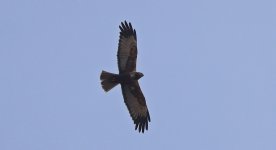 2022.03.20 001.jpg340.1 KB · Views: 8
2022.03.20 001.jpg340.1 KB · Views: 8 -
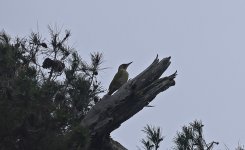 2022.03.20 013.jpg562.2 KB · Views: 6
2022.03.20 013.jpg562.2 KB · Views: 6 -
 2022.03.20 014.jpg1,012.8 KB · Views: 7
2022.03.20 014.jpg1,012.8 KB · Views: 7 -
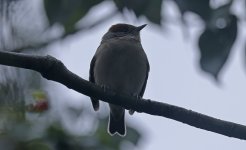 2022.03.20 015.jpg2.4 MB · Views: 6
2022.03.20 015.jpg2.4 MB · Views: 6 -
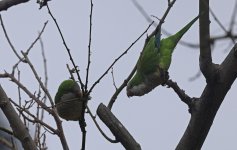 2022.03.20 016.jpg2.5 MB · Views: 6
2022.03.20 016.jpg2.5 MB · Views: 6 -
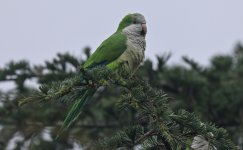 2022.03.20 017.jpg1.9 MB · Views: 5
2022.03.20 017.jpg1.9 MB · Views: 5 -
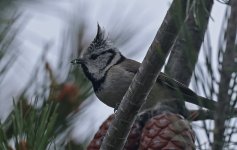 2022.03.20 018.jpg1,022.7 KB · Views: 7
2022.03.20 018.jpg1,022.7 KB · Views: 7 -
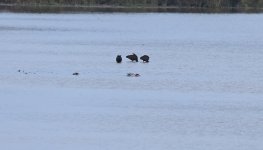 2022.03.20 019.jpg658.9 KB · Views: 7
2022.03.20 019.jpg658.9 KB · Views: 7 -
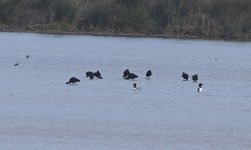 2022.03.20 020.jpg973 KB · Views: 9
2022.03.20 020.jpg973 KB · Views: 9 -
 2022.03.20 012.jpg325.2 KB · Views: 8
2022.03.20 012.jpg325.2 KB · Views: 8 -
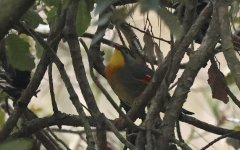 2022.03.20 011.jpg488.9 KB · Views: 7
2022.03.20 011.jpg488.9 KB · Views: 7 -
 2022.03.20 010.jpg2.5 MB · Views: 8
2022.03.20 010.jpg2.5 MB · Views: 8 -
 2022.03.20 002.jpg465.2 KB · Views: 8
2022.03.20 002.jpg465.2 KB · Views: 8 -
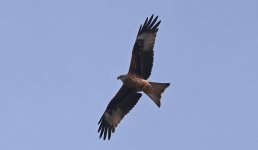 2022.03.20 003.jpg782.2 KB · Views: 7
2022.03.20 003.jpg782.2 KB · Views: 7 -
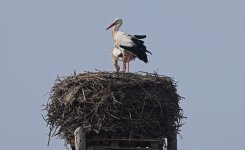 2022.03.20 004.jpg2.1 MB · Views: 6
2022.03.20 004.jpg2.1 MB · Views: 6 -
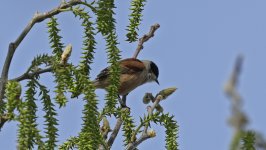 2022.03.20 005.jpg689.9 KB · Views: 8
2022.03.20 005.jpg689.9 KB · Views: 8 -
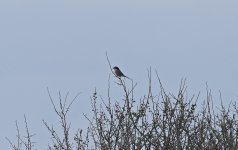 2022.03.20 006.jpg900.3 KB · Views: 10
2022.03.20 006.jpg900.3 KB · Views: 10 -
 2022.03.20 007.jpg1.1 MB · Views: 10
2022.03.20 007.jpg1.1 MB · Views: 10 -
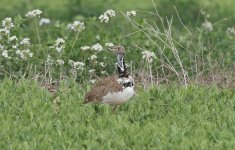 2022.03.20 008.jpg751.5 KB · Views: 9
2022.03.20 008.jpg751.5 KB · Views: 9 -
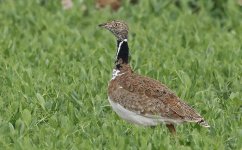 2022.03.20 009.jpg421 KB · Views: 10
2022.03.20 009.jpg421 KB · Views: 10




